Temporomandibular Dysfunction (TMD), also known as TMJ pain, is caused by a temporomandibular joint disorder that is responsible for joining the jaw to the skull. This syndrome generates discomfort in the face and jaw region, persistent headache, cracking when opening the mouth and may even lead to the onset of labyrinthitis and tinnitus.
Any problem that prevents the correct functioning of this joint can cause temporomandibular dysfunction, and one of the most common causes is to tighten your teeth during sleep, to have had a blow in the region or the habit of nail biting, for example.
The treatment for TMJ pain is done by placing a rigid plate that covers the teeth to sleep, and it is also important to perform physiotherapy with postural reprogramming exercises.
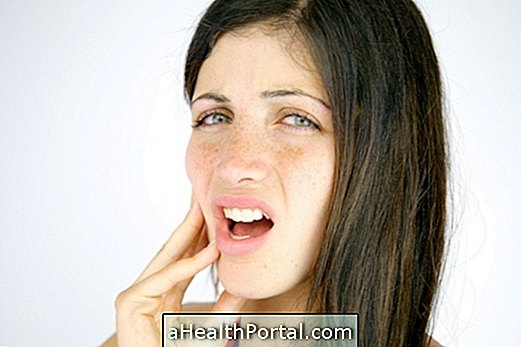
Main symptoms
The symptoms of some TMJ impairment are:
- Headache soon after waking or at the end of the day;
- Pain in the jaw and face when opening and closing the mouth, which worsens when chewing;
- Feeling tired during the day;
- Can not open his mouth completely;
- Have a swollen side of the face;
- Worn teeth;
- Deviation from the jaw to one side, when the individual opens the mouth;
- Snaps when opening the mouth;
- Have trouble opening your mouth;
- Vertigo;
- Buzz.
All these factors cause the joint to be affected and this generates pain, discomfort and cracks in the joint. Pain in the TMJ can often generate headache, in which case the pain is caused by constant stimulation of the face muscles and chewing.
What are the causes
The habit of clenching your teeth is instinctive when there is a feeling of anger or revolt, but it can be a nocturnal habit that the individual possesses and often does not even know. This habit is called Bruxism, and one of its signs is to have very worn teeth. Learn how to identify and treat bruxism.
But there are other causes for the onset of TMJ pain, such as incorrect chewing, some bumping in the area, very crooked teeth that force the muscles of the cheek, the habit of chewing fingernails and biting the lips.
How to treat
To treat TMJ pain it is recommended physiotherapy sessions, massage to relax the muscles of the face and the head and use of a dentist-made acrylic plate for night use.
The use of anti-inflammatory medications and muscle relaxants may help during the acute phase of pain, to relieve symptoms. Learn more about pain management in TMJ.
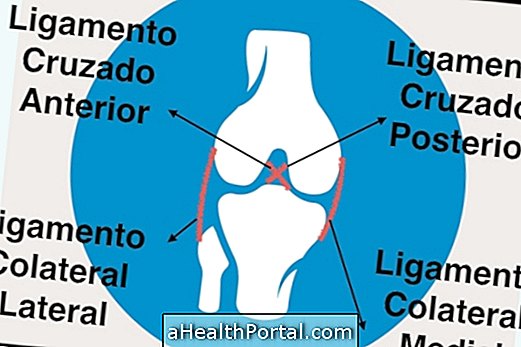
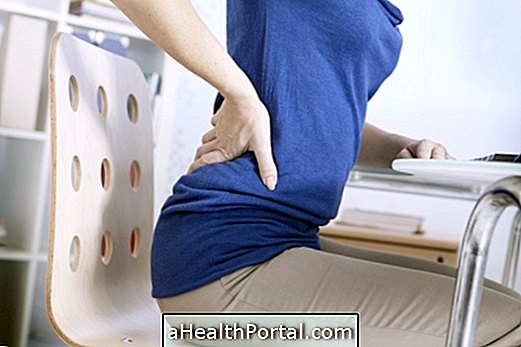

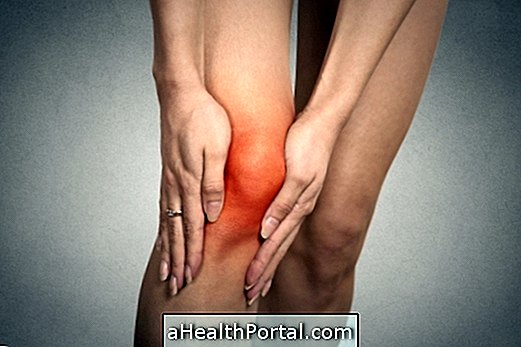

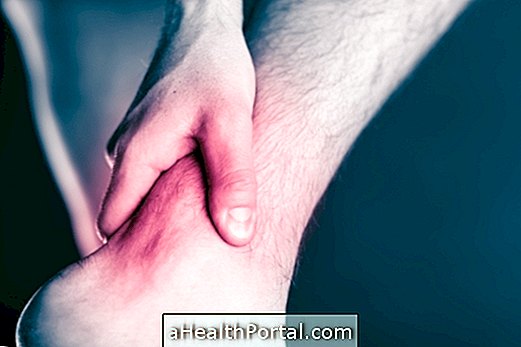




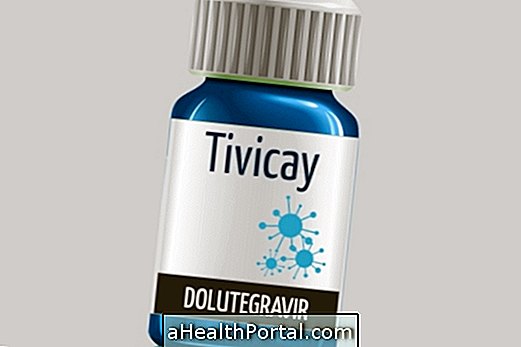

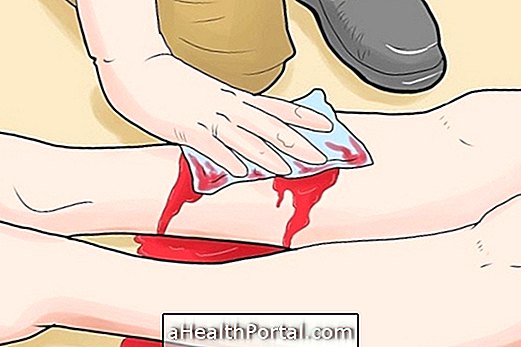

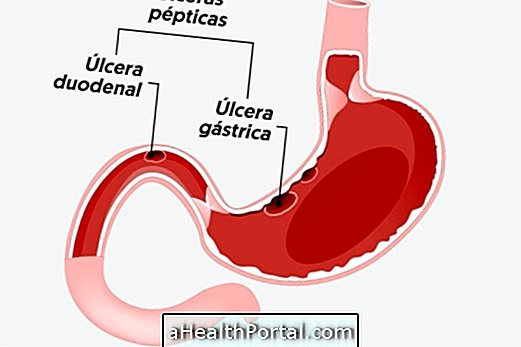
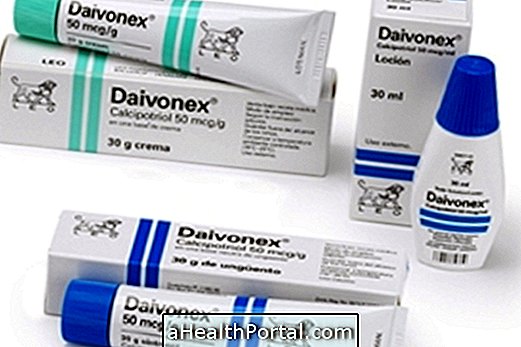
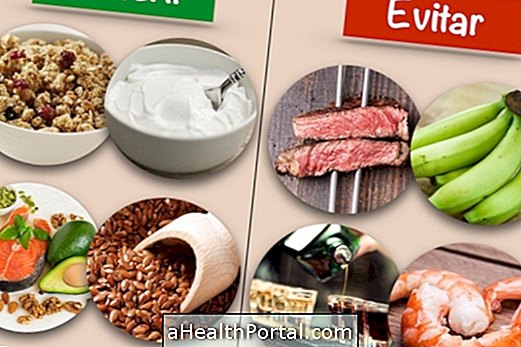

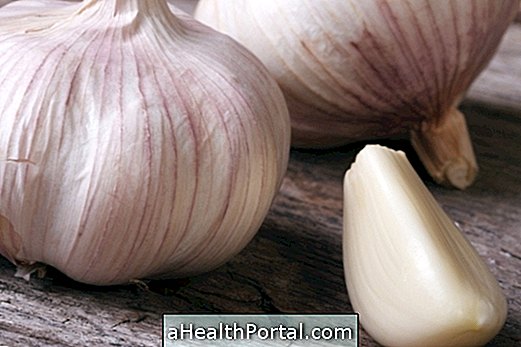

.php)

